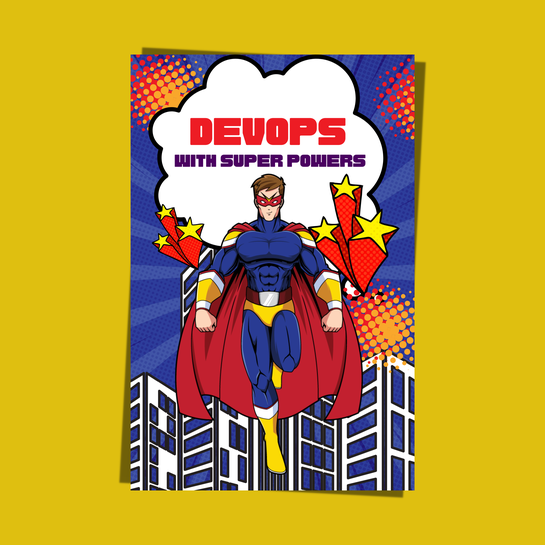The article "DevOps Observability Tools: The Complete Guide to Modern Automation" provides a comprehensive overview of modern DevOps tooling and practices. Here are the key points covered:
Core Components:
Detailed exploration of monitoring systems for tracking application and infrastructure health
Advanced alerting mechanisms for proactive issue detection
Collaborative incident management features for faster resolution
Advanced Features:
On-call management systems for 24/7 coverage
Runbook automation for standardized responses
Analytics and reporting capabilities for data-driven decisions
Implementation Guide:
Best practices for tool selection and deployment
Integration strategies with existing systems
Focus on usability and team adoption
Business Impact:
Reduction in system downtime
Improved customer satisfaction
Faster feature delivery and innovation
Better resource utilization
Future Trends:
AI-powered anomaly detection
Automated root cause analysis
Predictive maintenance capabilities
The article serves as both an educational resource and a practical guide for organizations looking to enhance their DevOps practices through modern observability tools. It emphasizes the importance of these tools in maintaining reliable systems while supporting continuous innovation in software development and operations.














